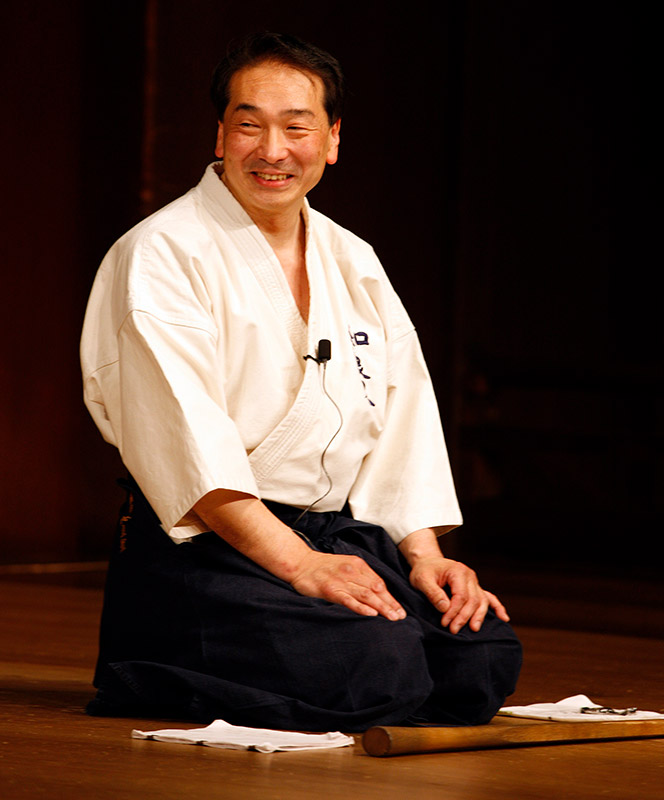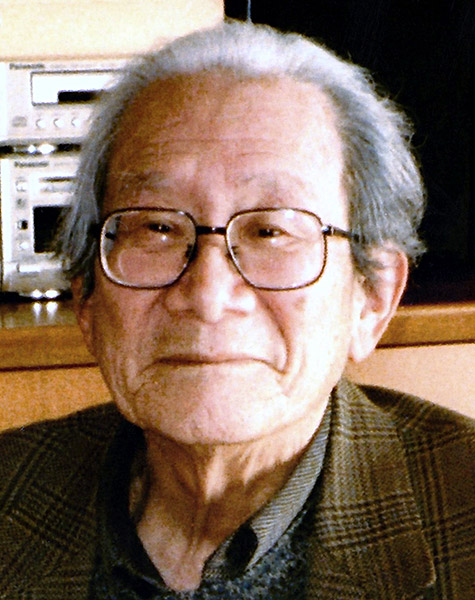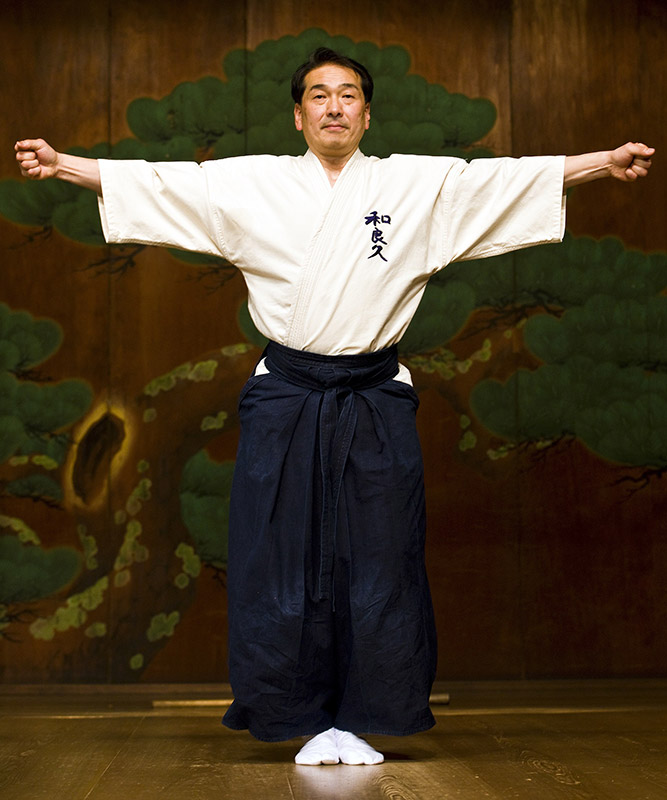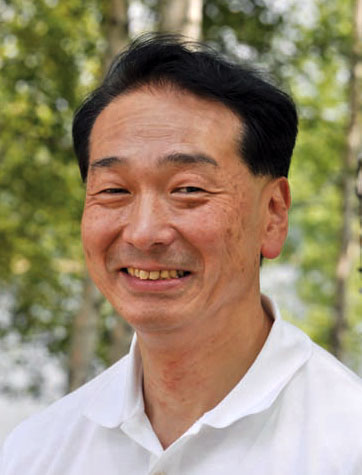Waraku is a Japanese Budo that was developed by Hiramasa Maeda sensei and is based on the many techniques and philosophies he has studied. Maeda sensei first started studying Budo when he was in his early teens. He started studying full contact Karate when he was in High school, and was a very talented student, worked extremely hard, and learned very quickly.

By the end of high school he had already started teaching and competing, but several events in his life made him feel that there was something else that he was looking for. In the 1980's he discovered and began studying Kototama and use of the Tsurugi at the Oomoto complex in Kameoka, Japan (also the origin of Aikido). He was the student of Okuyama Tadao sensei, the deshi (student) of master Funakoshi Gichin, who was regarded as the father of Japanese Karate-Do.
At Oomoto Okuyama Tadao sensei once practised a Budo called Shin-Ei TaiDo (developed by Inoue Noriaki). However, through the guidance of Deguchi Naohi, the third spiritual head of Oomoto, he decided to investigate how Budo would be, if based on the origins of Bu. Budo became his single devotion for the rest of his life.

It was a day in 1960. Okuyama Tadao sensei, who was investigating both the theory and practice of Budo as the central axis of human development, had the chance to hold in his hands the wooden sword of Sasaki Kojiro, the man who died in the duel at Ganryu island (famous duel with Miyamoto Musashi in 1612). This wooden sword had a totally different shape from the regular Japanese bokken (wooden sword). Its unusual form was oval at the grip, but hexagonal above.
Immediately, Okuyama sensei started to search for a way of handling that wooden sword. Through the investigation first of the techniques and archives of kobudo (Classical Budo tradition), continuing with the study of spirits, and the study of the Kototama, then moving on to the fundamental teachings of Oomoto and other ancient documents, gradually the true nature of the Tsurugi became visible. And what he discovered was a source of power traced back to the creation of the Universe.
Releasing the ego to set technique free.
After Okuyama sensei had retired from Oomoto, Hiramasa Maeda sensei started Keiko on his own at Hou-Suu- Kan. Hiramasa Maeda sensei began to develop his own techniques and philosophies, by putting all different theories together in order to finish the final picture, called "Kototama Tsurugi 75 Ken". That was the birth of Waraku.

Today Waraku has the basic forms Hachiriki and Hachiken clearly defined, and so we can use these forms as a base for the study of Uchi-kata (the person initiating the movement) and Tsukai-kata (the person receiving and answering the movement). However, at the times of Okuyama sensei such basic forms did not exist. During the Keiko, the movements were every time different, depending on sensei's inspiration of the moment.
In 2000, Waraku began to spread worldwide.
From the book "The Breath of Susanowo" by Hiramasu Maeda sensei

"Do no harm to yourself or others,
do good to yourself and others"
— Do not do physical harm to yourself or others,
do not say bad words to yourself or others,
do not think badly about yourself or others.
Hiramasa Maeda sensei - The basic rules of Waraku